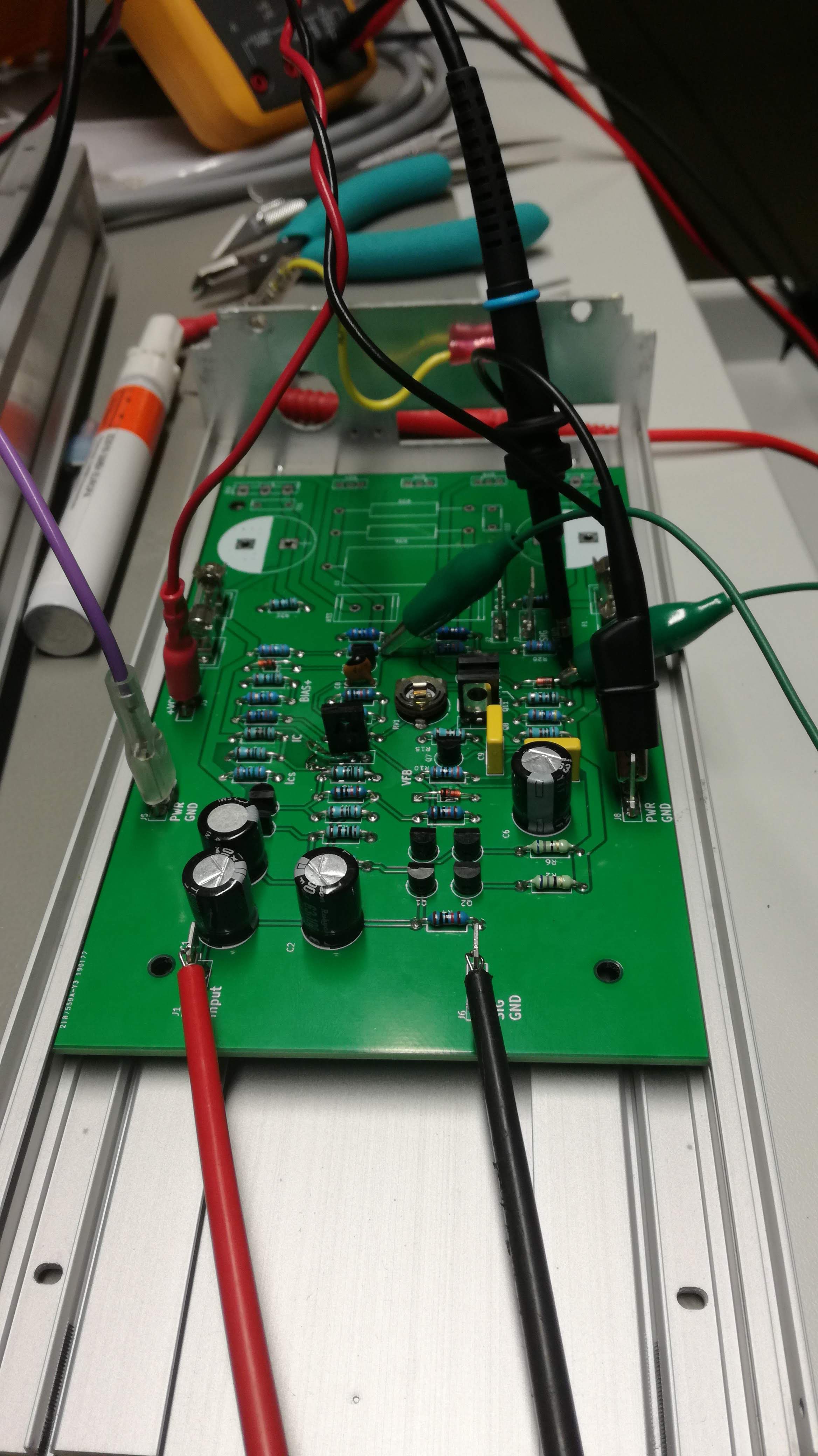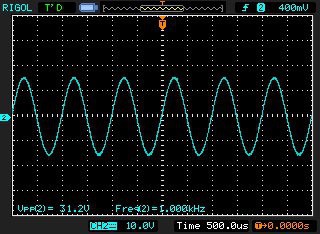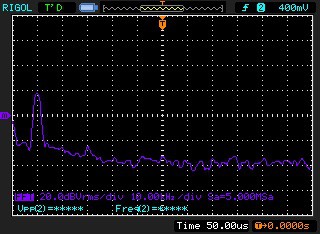I assembled the Amplifier board up to the power stage. Why? Before plugging high current in, I wanted to make sure that circuit is stable and nothing will burn when I power it on. I found a bench power supply that can deliver +/-30V (Rigol, two channels, forgot the model name), a function generator (also Rigol) and an oscilloscope (you're right, a Rigol one).
Before plugging a sine wave at the input, I needed to check DC situation. Are there any shorts? Are the current mirrors working as they should? Is Darlington overheating or something? Luckily, all was fine. Joking, it wasn't. As someone pointed out in comments, I reversed Q9 collector and emitter in the schematics as well as in the layout, which made a current source for VA inoperative. Somehow it mirrored into the current source for Diff Pair which also didn't provide current as it should.
Fortunately, TH components are relatively easy to perform surgery on, so I managed to swap the pins (it wasn't enough to flip the transistor, some trace cuts were needed). Afterwards, everything was fine. Currents were 4mA and 6mA on each CS branch, and Diff Pair equally took 2 mA each. So, that was nice. I also measured 100mV input offset, what is within the expected range.
To check the dynamics of the amplifier, I needed to close the feedback loop somehow. Because the output stage was not populated on the board, I shorted collector of Q11 to the R11, thus providing a feedback from the output. This makes sense, since the output of Q11 is actual output voltage of the Amplifier - the power stage doesn't change the voltage gain.

Feeding a 1Vpp sine signal to the input gives a 30Vpp output. Just as expected with the voltage gain of 30 dB.
 Beautiful sine wave. I also took a look at FFT, since Rigol scope is powerful enough to crunch the numbers.
Beautiful sine wave. I also took a look at FFT, since Rigol scope is powerful enough to crunch the numbers. 
The peak at 1kHz is around 20dBV. Does it make sense? 30Vpp has 10.6V rms. This corresponds to the 20dBV, so, it's all ok. Apparently there is 40dB free range between the basic signal and 3rd harmonic. I don't know if that's too much or I drove my input signal a bit too hard.
Similar happens for a 10 kHz input signal. And any other audio frequency I've tried. I think it's safe to say that amplifier's stable and it works as expected.


 Pero
Pero
Discussions
Become a Hackaday.io Member
Create an account to leave a comment. Already have an account? Log In.